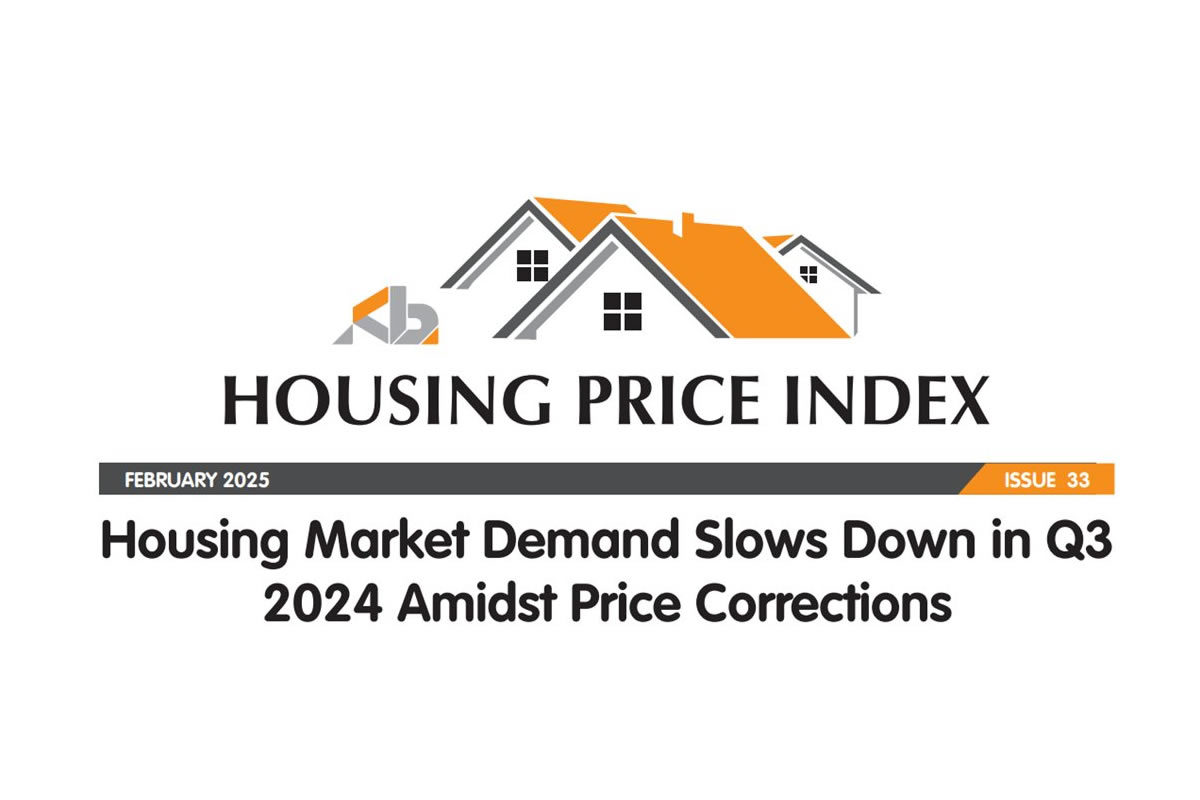Nairobi, October 26th, 2015 – Average house prices in Kenya increased by 1.26 per cent during the third quarter of 2015 representing a relatively faster increase compared to the previous quarter’s 0.2 per cent increase. According to the Kenya Bankers Association Housing Price Index (KBA-HPI), the observed modest price movement signals the softening of the overall house prices in line with the demand and supply conditions.
As observed during the first two quarters of 2015, apartment prices appear to be moving more than those of bungalows and maisonettes, reinforcing the rising middle class’s preference for the relatively more affordable apartments over bungalows and maisonettes. Similarly, the demand for units was influenced by the location and available social amenities, and a preference for gated communities was observed by the KBA-HPI, implying the importance of convenience and security. Demand for houses on offer continued to be influenced by the location of the house (therefore the kind of social amenities available such as proximity to good roads, shopping malls and centres, schools, health centres among others), a preference for gated communities (implying the importance of convenience, scenic value from uniform house designs and security), and the characteristics that will be appealing to the increasingly discerning households. Consistent with the previous quarter, the size of the unit was especially a key price driver; this can be inferred from the demand that was influenced by their sizes more specifically the plinth area, number of bedrooms, whether the house has a balcony, master ensuite and to a lesser extent whether a house has domestic staff quarters. According to KBA Director of Research and Policy, Jared Osoro, the house prices responded to foreign exchange volatility and rising interest rates. “As the economy entered the third quarter of 2015, there was an inevitable tightening of monetary policy on the back of volatility in the foreign exchange market. As would be expected, there was a shift of expectations towards a high interest rates regime that is shaping the decision making of households seeking to take mortgages towards home acquisition,” said Mr. Osoro. For a given level of supply of housing units, demand seems to be responding according to both the prevailing and expected overall economic conditions. The economy’s real output growth of 5.5 per cent during the second quarter of 2015 represented a slowdown from a 6 per cent real growth realised during last year’s corresponding quarter. The KBA-HPI regions are based on clustered price ranges across several counties. He added that houses situated in the high end localities of the greater Nairobi area, Milimani (Kisumu), and Milimani (Nakuru) witnessed faster price movements on a quarterly basis. This could be an incentive for skewed market in favour of such regions given the high profit margins likely to arise from them. To better guide policy makers and investors on the trends in the housing sector, the banking industry’s umbrella body Kenya Bankers Association (KBA) launched the KBA-HPI in February 2015. The Index has quickly been recognised as a credible analytical tool that is useful for tracking housing sector dynamics and price movements. “We are very pleased with the increased interest the KBA-HPI has received from not only the financial services players but also the sector regulators, which have begun to utilise the KBA tool to inform policy,” said KBA Chief Executive Officer, Habil Olaka. Published on a quarterly basis by KBA’s research center, the KBA-HPI analyses industry’s housing data based on locational, qualitative and quantitative characteristics that influence pricing.



